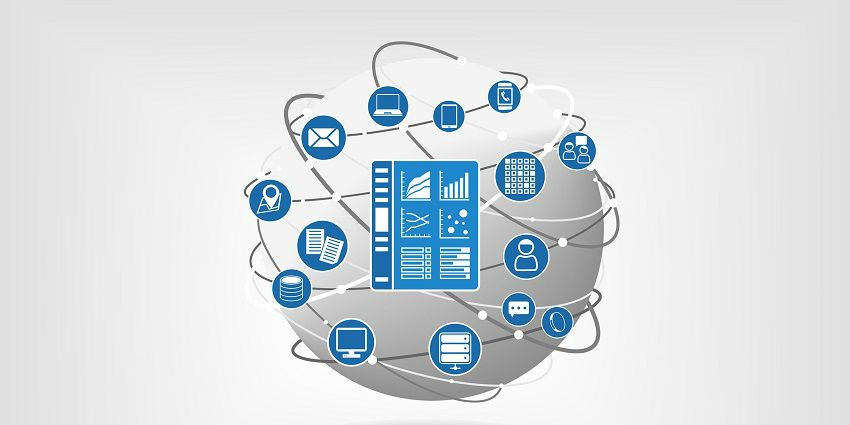You can measure the success of a bank by its ability to provide timely and satisfactory banking solutions to its customers. Several factors come together to lead banks to the road of success. One of these factors is data management. It has been observed and proven time and again that banks that manage their data successfully and set their decision-making policies based on the inferences from actual data gain a superior competitive advantage in the market. It is why almost every bank invests in developing the requisite infrastructure to collect, store and maintain data.
The data which every bank mainly deals with can be categorized as customer information and transactional data. Bank management has always been aware that an analysis of the data will empower them with so much knowledge that they would be able to take all their business decisions in the right way. However, they faced some operational challenges in effectively indulging in advanced analytics. It was because previously, banks used to store and manage the data at a localized level. It prevented banks from attaining synergy in their data analysis programs.
With the advent of digital technology, the entire banking industry has witnessed enthusiastic digital transformation during the last decade. Digital transformation has empowered banks to manage both customer information and transactional data in a centralized manner today. The centralization of data has opened up a whole new avenue of data management, which is popularly known as banking analytics.
Today, a large number of banking solutions companies have emerged in the market. These companies effectively help banking organizations make business decisions based on the knowledge gained from analytics. The use of analytics to drive the decision-making process has proven to be highly profitable for banks worldwide. It is the reason why most banks today can align their decisions in a customer-centric manner, taking customer trust and satisfaction to a whole new level.
If you are wondering how banking analytics can help banks make effective business decisions, you should glance at the following domains of banking management. These four domains have benefitted from analytics.
1. Customer segmentation
Analytics of customer information which includes personal and professional customer details helps the management segment the customers based on various parameters such as age, educational qualification, the domain of occupation, and regional background. Once this segmentation is done, the management can make a note about the most popular and commonly availed banking services in each segment. Eventually, this knowledge helps the management devise ways to market those services to the right customer segment in a targeted manner. Customers, when exposed to the concisely relevant information of the right services, become more likely to avail these services themselves.
2. Customer value enhancement
Analytics helps the banks to categorize customers based on their level of interaction with the bank. It eventually helps them identify the high and low-value customers. It provides the bank management with the ability to design better banking solutions to retain the high-value customers and, at the same time, devise interactive programs to convert the low-value customers to high-value ones. You would also love to read about save your money by closing your bank account.
3. Risk Management
Banks always run a financial risk when it comes to dissipating credit to the market. However, with the help of analytics, they can identify the high-risk credit prospects and decide to limit the amount of credit for them. Analytics also helps the banks discover the areas with the lowest risk for credit dissipation.
4. Fraud Identification
It is a known fact today that banking frauds are on the rise, and customers expect the banks to take stern measures to curb such cases. In this regard, analytics can come handy to detect fraud transactions. Banking analytics can conduct pattern analysis of banking customers’ transactional behaviour and identify irregularities in the pattern as areas of potential fraud.
With extensive research and development being commissioned by various establishments to strengthen the techniques of banking analytics, this technology has set banks on the path of continuous improvement and will become an indispensable part of banking management shortly.
